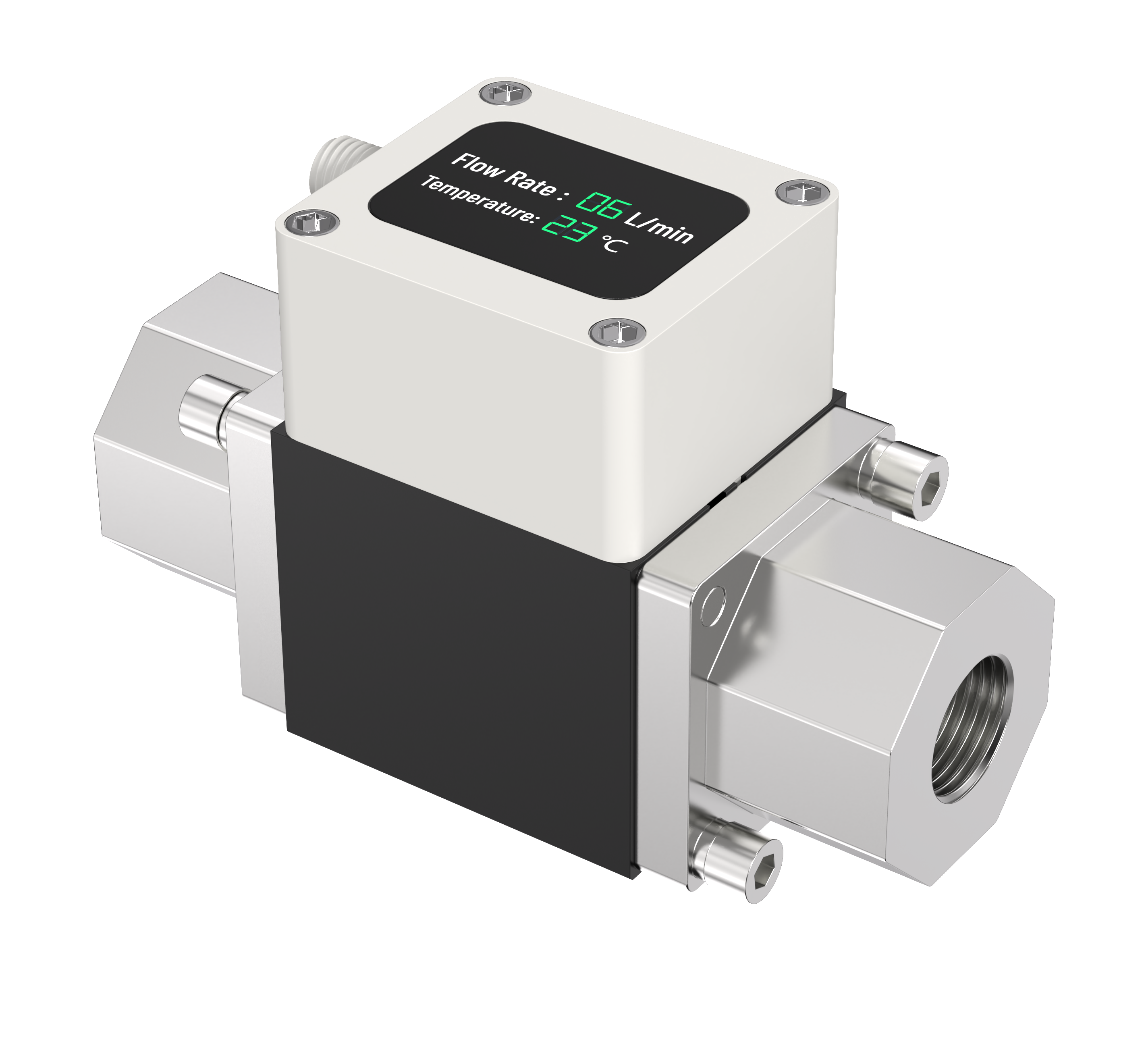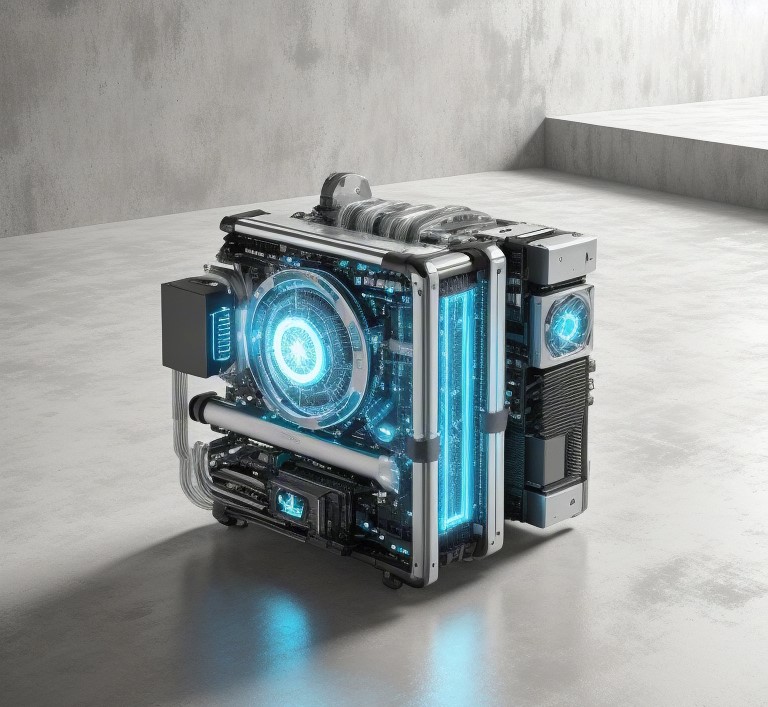


With the rapid advancement of technology, AI devices have become a crucial driving force behind progress across various fields. But did you know? These powerful AI devices generate a significant amount of heat during operation. If not properly dissipated, this heat can drastically reduce performance and even lead to failures. This is where cooling liquid becomes essential in ensuring stable device operation, and accurate measurement of cooling liquid flow relies on vortex flow sensors.

The core components of AI devices, such as high-performance chips and processors, produce intense heat when running. Take large-scale AI servers in data centers as an example—under prolonged, high-load computing, chip temperatures can soar to dangerous levels.
A cooling liquid circulation system acts like the "air conditioning" of the device, continuously transporting heat away to maintain an optimal operating temperature. However, if the cooling liquid flow is unstable or inaccurate, cooling efficiency is compromised, leading to performance degradation and reduced device lifespan. Precise control of cooling liquid flow is, therefore, crucial.
The vortex flow sensor operates based on the Kármán vortex street principle. When fluid flows through a bluff body (vortex generator) inside the sensor, it creates two alternating rows of vortices downstream—known as the Kármán vortex street.
According to ultrasonic fluid measurement theory, the frequency of vortex shedding is proportional to the fluid velocity. By detecting these vortices, the sensor accurately determines the fluid velocity. Combined with the pipe cross-sectional area, it then calculates the flow rate of the cooling liquid.
This non-contact measurement method avoids interfering with the fluid flow, ensuring high accuracy and stability.
For AI device cooling, precision is critical. Vortex flow sensors provide extremely high measurement accuracy, with minimal error margins.
AI devices operate under variable conditions:
Vortex flow sensors offer a wide measurement range, ensuring accurate readings across different flow levels, whether for small-scale cooling or high-volume cooling. This adaptability meets various operational demands.
Unlike traditional flow meters, vortex flow sensors have no moving parts. This design:
In AI environments where devices run continuously, these sensors require minimal maintenance and recalibration, significantly lowering maintenance costs and downtime while improving operational efficiency.
AI devices often experience sudden workload changes, which require instant adjustments in cooling liquid flow.
Vortex flow sensors quickly detect and respond to flow variations, ensuring the cooling system adapts in real-time to keep devices in optimal thermal conditions.

With their unique operating principle and outstanding features, vortex flow sensors play an indispensable role in AI device cooling liquid flow measurement.
As AI technology continues to evolve, demands for better cooling solutions and precise flow control will only increase. Vortex flow sensors are expected to undergo further innovation and upgrades, providing even stronger support for the stable operation of AI devices in the future.